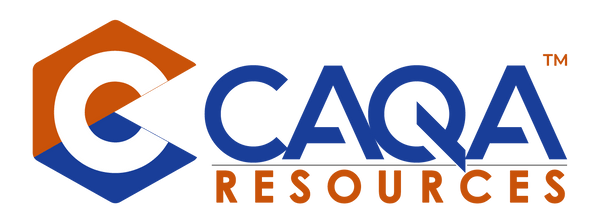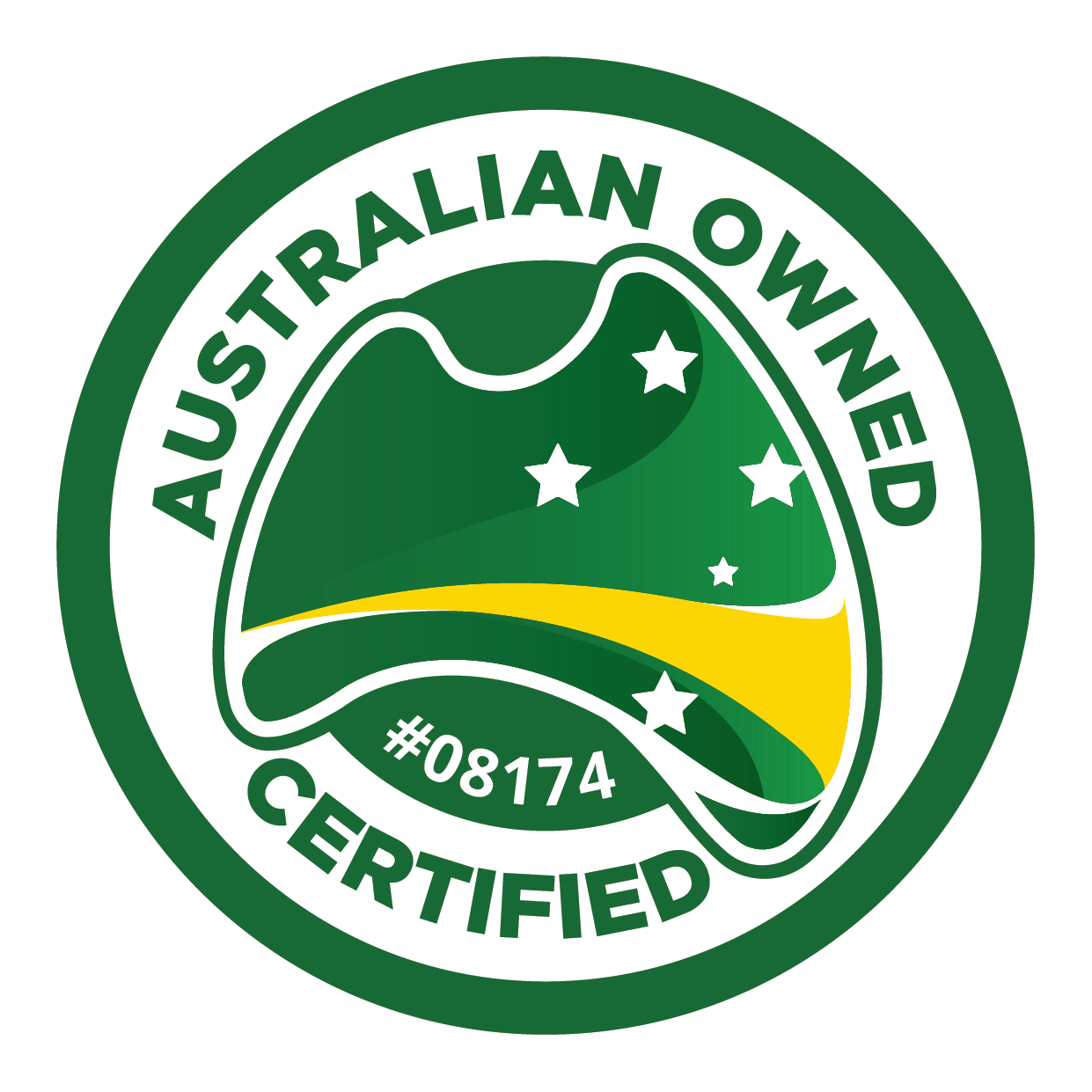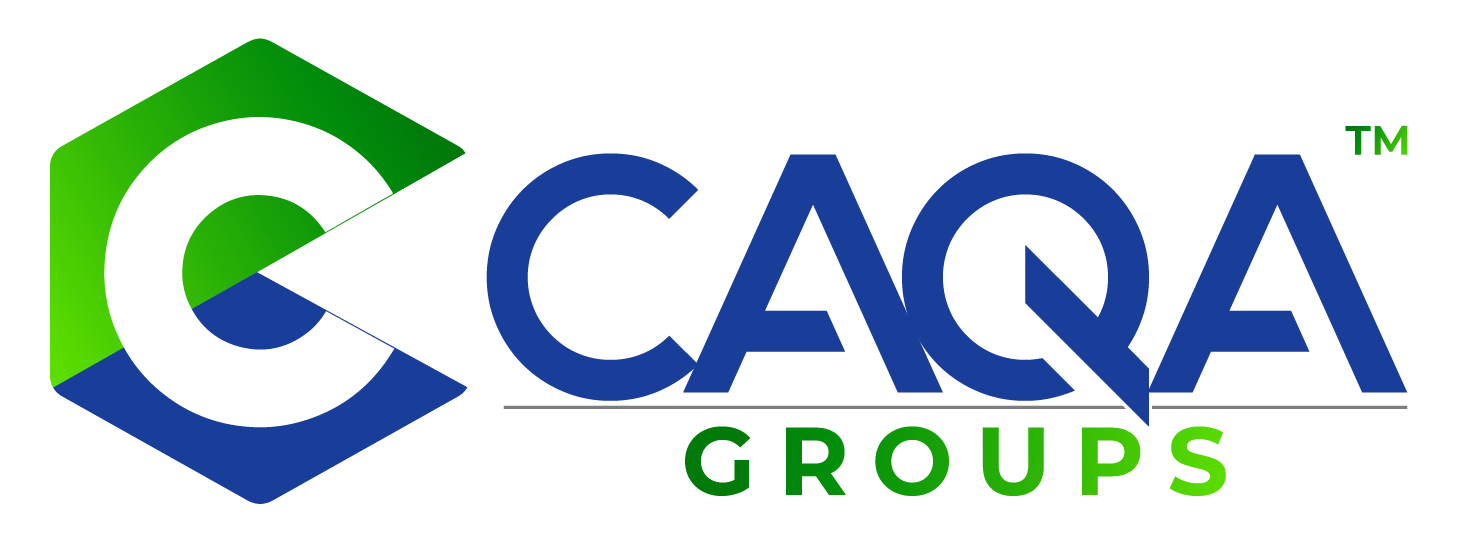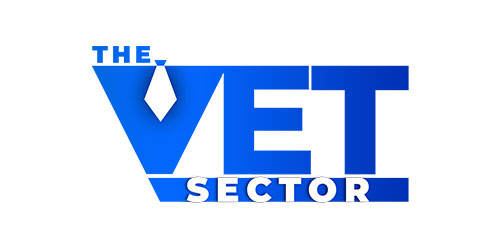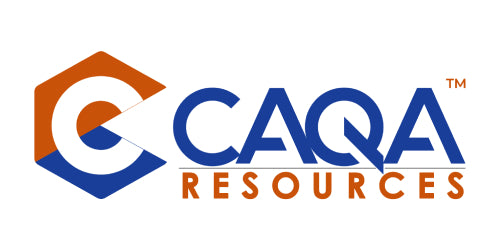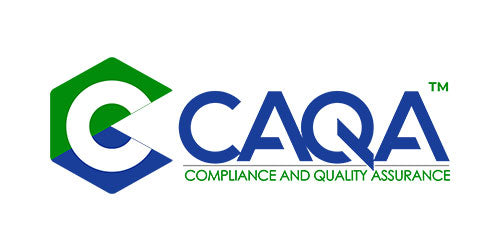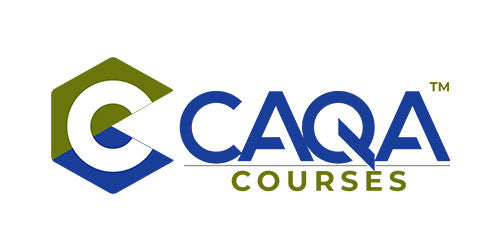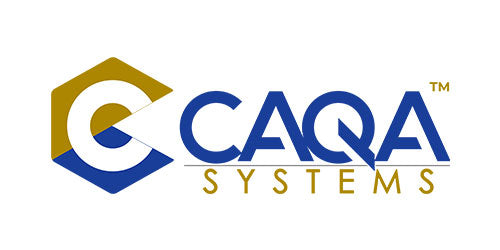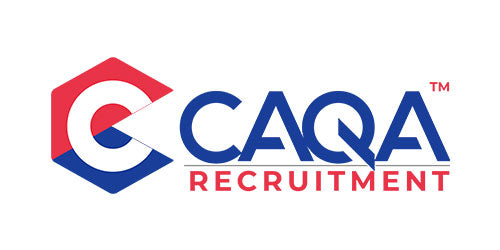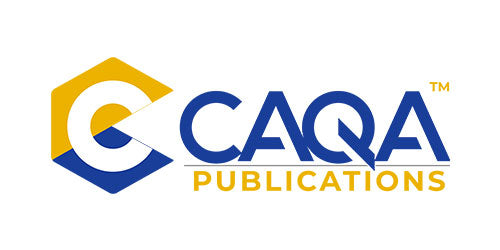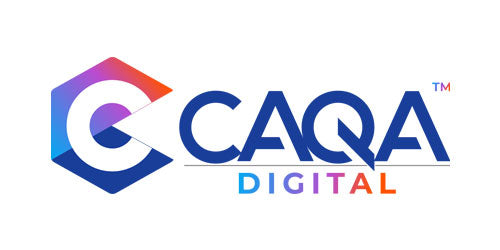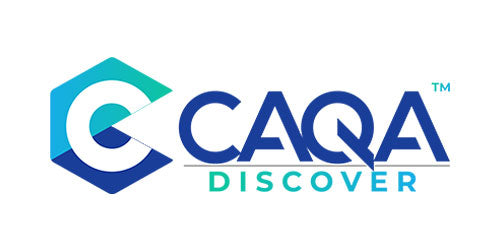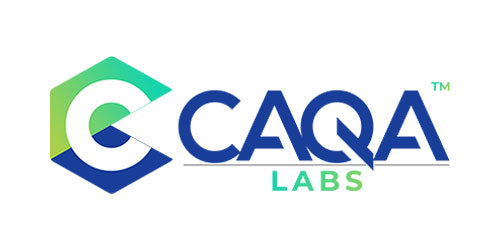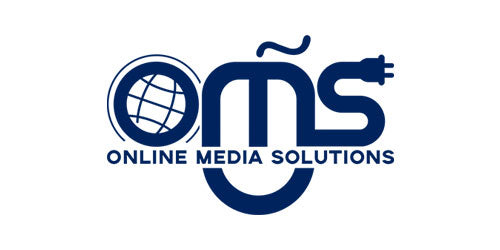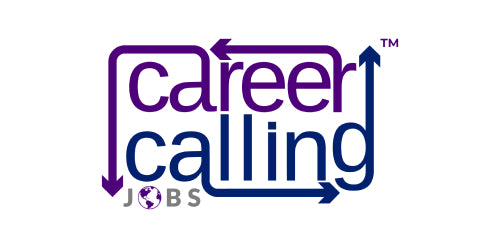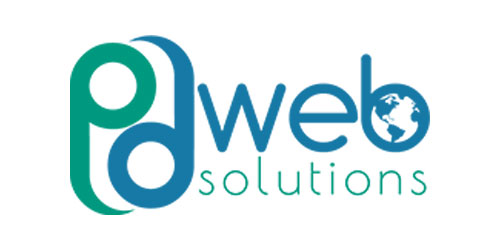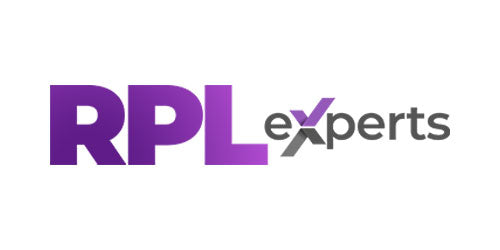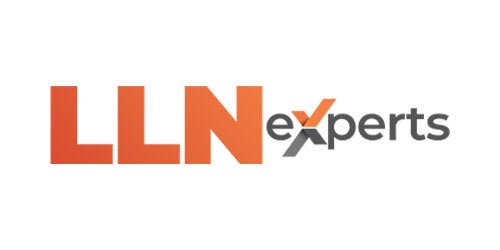In the ever-evolving landscape of vocational education and training (VET), maintaining quality and ensuring continuous improvement is not just a regulatory requirement—it’s the foundation of a sustainable and successful Registered Training Organisation (RTO). Under Division 3 – Continuous Improvement of the Standards for RTOs 2025, RTOs are required to implement systematic monitoring and evaluation processes that support ongoing improvements in their operations and service delivery. These processes are crucial for ensuring that RTOs maintain compliance, enhance the quality of their training and assessment practices, and meet the needs of students, industry, and regulatory bodies.
A well-structured continuous improvement plan allows RTOs to stay ahead of industry changes, respond to feedback, and maintain high standards of service delivery. This article will explore the core components of a continuous improvement plan as outlined in Standard 4.4, provide practical strategies for implementing an effective plan, and highlight the importance of monitoring, evaluating, and using data to inform improvements.
Understanding the Importance of Continuous Improvement
Continuous improvement is the process of consistently striving to enhance the quality of services, processes, and outcomes within an organisation. For RTOs, this means continuously reviewing and refining their training delivery, assessment practices, and organisational operations to ensure they meet or exceed the needs and expectations of their students, industry stakeholders, and regulatory authorities.
Standard 4.4 specifically requires RTOs to establish a system for monitoring and evaluating their performance in relation to the requirements set out in the VET regulatory framework. This system must be designed to support the continuous improvement of services and to ensure that the organisation is constantly enhancing its operations, meeting student needs, and complying with all regulatory requirements.
By systematically monitoring and evaluating its performance, an RTO can identify areas of strength and weakness, address gaps in training and assessment delivery, and implement effective strategies to enhance the overall learning experience. Furthermore, the outcomes of monitoring and evaluation should be used to inform continuous improvements, ensuring that the organisation remains agile and responsive to change.
Key Components of a Continuous Improvement Plan
A comprehensive continuous improvement plan is essential for ensuring that RTOs not only meet the current standards but also position themselves for future success. The following components are crucial in designing and implementing an effective continuous improvement plan:
1. Systematic Monitoring and Evaluation
The foundation of any continuous improvement plan is the establishment of a robust system for monitoring and evaluating performance. RTOs must put processes in place to regularly review their operations, assess their compliance with regulatory standards, and measure the effectiveness of their training and assessment practices.
This system should include regular audits of the RTO’s services, including the assessment and delivery of training programs, student support services, and organisational policies and procedures. By gathering data from a variety of sources, such as internal audits, student feedback, staff performance evaluations, and industry input, RTOs can gain a comprehensive understanding of their performance.
Monitoring and evaluation should not be a one-time activity but an ongoing process. RTOs should establish timelines for regular reviews and ensure that the outcomes of these reviews are consistently fed into the continuous improvement process. This includes reviewing key performance indicators (KPIs) such as student satisfaction, completion rates, and employment outcomes to identify areas for improvement.
2. Data Collection and Analysis
A critical aspect of continuous improvement is the systematic collection and analysis of data. RTOs must have mechanisms in place to lawfully collect data from various sources, including feedback from students, staff, industry representatives, VET regulators, and employers. This data should be used to assess the quality of training and assessment delivery and identify areas for improvement.
Student feedback is an invaluable resource for identifying issues related to course content, teaching methods, and overall satisfaction. This can be collected through surveys, focus groups, and one-on-one interviews. Similarly, staff feedback can provide insights into the effectiveness of training materials, assessment practices, and organisational support. Industry and employer feedback is essential for ensuring that training programs align with current workplace needs and standards.
RTOs should also engage in regular discussions with VET regulators and State and Territory training authorities to ensure that their training delivery aligns with the latest regulatory expectations. These discussions can provide valuable information about upcoming changes in regulations or industry trends that may require adjustments to training and assessment strategies.
Once the data is collected, RTOs must implement systems for analysing it effectively. Data analysis should be done regularly to identify patterns, trends, and emerging issues. By leveraging data analytics tools and involving key stakeholders in the analysis process, RTOs can identify root causes of performance issues and determine actionable steps for improvement.
3. Informing Continuous Improvement Through Feedback
One of the most valuable sources of information for continuous improvement is feedback. Feedback from students, staff, industry partners, and employers plays a pivotal role in identifying areas for improvement and shaping the future direction of the RTO. RTOs must actively solicit feedback from all relevant stakeholders and ensure that it is used to inform decision-making processes.
For students, feedback about their learning experience provides critical insights into areas such as the quality of the training environment, the effectiveness of teaching methods, and the relevance of the course content. Student satisfaction surveys, course evaluations, and end-of-course interviews are common methods for collecting this feedback.
Staff feedback, on the other hand, can highlight challenges faced by trainers and assessors in delivering training and assessment. This feedback is invaluable for understanding how the organisation’s policies, resources, and support systems are impacting staff performance and student outcomes. Regular staff meetings, performance reviews, and informal check-ins can be used to gather feedback from trainers, assessors, and support staff.
Industry and employer feedback is equally important for ensuring that training programs align with current job market demands. This feedback helps RTOs understand whether the training delivered is equipping students with the skills and knowledge necessary to succeed in the workplace. Regular communication with industry representatives and employers through forums, advisory committees, and partnerships can help identify industry trends and emerging skills requirements.
4. Implementing and Monitoring Improvements
Once the monitoring and evaluation system is in place and data has been collected and analysed, RTOs need to implement the necessary improvements. The continuous improvement plan should clearly outline the steps required to address any identified issues or areas for development. This could involve updating training materials, revising assessment practices, enhancing student support services, or improving staff professional development opportunities.
After implementing improvements, it is essential to monitor their effectiveness. RTOs should track the outcomes of these changes to ensure they have the desired impact. This may involve reviewing student performance data, evaluating staff feedback, and measuring key performance indicators over time. Monitoring the success of implemented improvements ensures that the RTO is continuously progressing toward its quality goals.
5. Establishing a Culture of Continuous Improvement
Creating a culture of continuous improvement within the RTO is essential for ensuring that quality is maintained across all areas of the organisation. This culture should be ingrained at all levels of the organisation, from senior management to trainers and support staff. By fostering an environment where feedback is encouraged and staff are empowered to suggest improvements, RTOs can ensure that they are always striving to deliver the best possible education and training outcomes.
Management should lead by example, prioritising continuous improvement in decision-making and strategic planning. Staff should be regularly involved in discussions about performance and quality, and they should be encouraged to contribute ideas and solutions to improve training and assessment practices.
A continuous improvement plan is essential for every RTO aiming to deliver high-quality education and training while remaining compliant with regulatory standards. By establishing a robust system for monitoring and evaluating performance, collecting and analysing feedback, and implementing improvements, RTOs can ensure that they are consistently enhancing the quality of their services.
Standard 4.4 of the SRTOs 2025 emphasises the importance of monitoring and evaluating RTO performance to support continuous improvement. By following the guidelines outlined in this article and integrating continuous improvement into the core of your organisation’s operations, your RTO will be better positioned to meet the evolving needs of students, industry, and regulatory bodies.
Ultimately, a well-designed and effectively implemented continuous improvement plan will help your RTO not only meet compliance requirements but also create a more resilient, adaptable, and high-performing organisation capable of delivering the best possible outcomes for students, staff, and employers.









